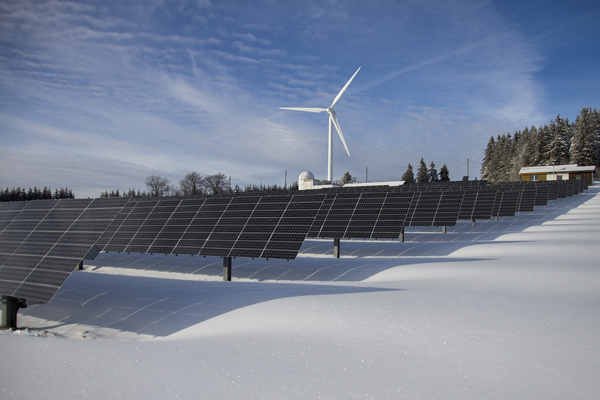72V to 24V DC-DC Buck Converter Principle and Applications
A DC-DC buck converter is a step-down voltage regulator that converts a higher DC voltage to a lower one. It achieves this by switching a transistor on and off at high frequency, controlling the amount of energy transferred to the output load. Buck converters are popular because of their high efficiency (typically between 80-95%) and ability to provide a stable output voltage even if the input voltage fluctuates.
72V to 24V DC-DC Buck Converter Working Principle
The core components of a buck power converter include: Power Switch (usually a MOSFET or IGBT), diode, inductor, capacitor and controller circuit. These components work together to step down the voltage, maintaining a stable output by controlling the switching frequency and duty cycle of the power switch.
- Switching Mechanism: The DC-DC buck converter's switch (typically a MOSFET) alternates between ON and OFF states. When the switch is ON, current flows through the inductor, charging it and supplying power to the load. When the switch is OFF, the inductor releases stored energy, maintaining a continuous current to the load. This switching cycle happens rapidly (usually in the kilohertz to megahertz range), creating a smooth, stable DC output at the lower voltage.
- Inductor and Capacitor: The inductor and capacitor smooth out the output waveform, reducing ripples and helping to achieve a stable 24V DC output.
- Duty Cycle Control: The duty cycle (ratio of ON time to total cycle time) determines the output voltage. For a 72V input and 24V output, the duty cycle is set to approximately 33% (0.33), meaning the switch is ON for about one-third of each cycle. Advanced DC-DC power converters adjust the duty cycle dynamically to compensate for input voltage variations or changes in load, ensuring a steady 24V output.

72V to 24V DC-DC Buck Converter Applications
The need to step down 72V to 24V arises in various fields, including electric vehicles, industrial machinery, renewable energy systems, and telecommunications.
Electric Vehicles (EVs)
In electric vehicles, the main battery pack often operates at 72V or higher, but auxiliary systems (lights, infotainment, control units) generally require a lower voltage like 24V or 12V. The 72V to 24V buck converter provides a stable 24V supply for these auxiliary systems, ensuring efficient energy usage without drawing power from the primary drivetrain.
Industrial Automation Systems
In automation setups, control units, sensors, and communication modules frequently require a steady 24V input. Since industrial power supplies can vary widely (often 48V, 72V, or even higher), a 72V to 24V DC-DC converter ensures that devices with lower voltage requirements receive a stable and regulated power supply.
Telecommunications Infrastructure
Telecommunication equipment, including routers, switches, and signal repeaters, commonly operates on a 24V DC input. A 72V power source is often available in central telecommunication installations, so converting it to 24V using a DC-DC converter makes the power accessible and reliable for these devices.
Renewable Energy Systems
Solar power systems and wind turbines often generate DC voltages in the range of 48V, 72V, or higher. Many energy storage and distribution systems operate efficiently at these higher voltages, but connected devices or auxiliary systems, such as control panels or inverters, may require 24V. A 72V to 24V buck converter allows for seamless power distribution within the renewable energy setup, ensuring compatibility with various devices.
Uninterruptible Power Supplies (UPS) and Battery Management Systems (BMS)
UPS and BMS often operate at 72V for efficient power storage and distribution. However, certain subsystems, like control boards or cooling fans, require 24V. Using a 72V to 24V buck converter can supply these lower-voltage devices without needing separate power sources, simplifying the system design.


